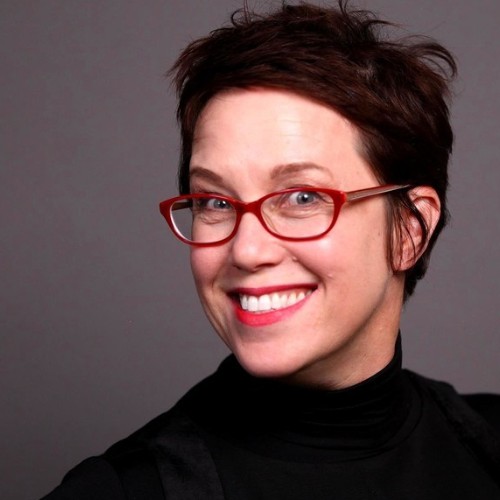As a recruiter working across freelance, contract and permanent roles in the creative design industry, I’ve noticed a clear shift in what hiring managers are prioritising in design jobs—and these are specialist design skills.
The days of the “jack of all trades” being the default are evolving. While versatility remains valuable, organisations are increasingly seeking creative design talent with focused expertise to fill very specific gaps in their teams.
Whether it’s a fast-paced creative agency or an in-house brand team, the need for targeted design skills is more evident than ever. Hiring decisions are being driven by immediate project needs or long-term capability gaps. This means that being able to offer deep experience in one or two areas can be a real advantage for you.
What are the in-demand design skills right now?
Here are just a few of the areas where we’re seeing a spike in demand from our Aquent clients:
Accessibility: WCAG standards for PDF and Interactive PDF accessibility, as well as specialist skills such as tagging and hierarchy for documents.
Packaging Design: Especially in the retail FMCG sector, the need for strong pre-press and print experience remains instrumental for some roles.
Motion Design: Brands want to stand out with dynamic content for social media, digital campaigns and explainer videos.
Figma: Figma skills are frequently requested for freelance needs and permanent roles in the design industry.
Video Editing: With more teams producing content in-house, skills in Premiere Pro or After Effects are becoming essential.
Pitch Deck and Presentation Design: For startups or agencies pitching to clients, polished decks can make or break a deal. Having these skills makes you a valuable asset as a designer.
It's important to remember that these aren’t all skills expected of one person. Instead, they represent distinct specialisms. Employers often hire for each of these as dedicated design jobs, not bundled together. Although we do see some of our Aquent clients requesting a “unicorn”, this is when we look to prioritise the “must-haves” and “nice-to-haves”.
What do niche design skills mean for designers?
If you have a standout skill, now is the time to lean into it. Whether it's motion graphics, accessibility, retouching or packaging—own your niche.
Make sure these design skills are clearly visible on your resume, portfolio, and your LinkedIn profile, especially. Including them as keywords on your Linkedin profile can dramatically improve your chances of being found by recruiters and hiring managers when they search.
If you have a specialist skill, make it easy to find in your portfolio. Ensure you add a dedicated section, tile, funnel or link that leads hiring managers directly to these most relevant examples of your work.
For example, if you have extensive packaging experience, showcase it separately rather than burying it within a larger collection of work. This approach avoids a long scroll and highlights your expertise. It could help you stand out and be the key to landing more opportunities, keeping you in high demand.
How do you upskill in niche design areas?
For up skilling in niche areas, check out courses on platforms like Udemy, which offer a range of short courses from After Effects to Figma. They are self-paced, affordable, and a great way to boost your skills.
My final thoughts
Design is an ever-evolving industry. As tools and companies' needs shift, staying current and sharpening your specialist edge will keep you in demand. If you're a designer looking for your next role, ask yourself: What’s the one thing I do better than most? And are you telling that story in your job search assets?
Latest.

How to keep top talent: Strategies for successful onboarding
Hiring Insights, Ask Aquent, Training Resources

AI and the job search: What’s changed and how to come out on top
Technology, Job Seeker, Industry Trends

How Creative Ops Leaders are driving value in 2025 and beyond
Industry Trends, Leadership






